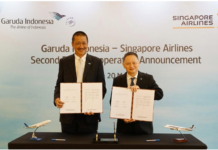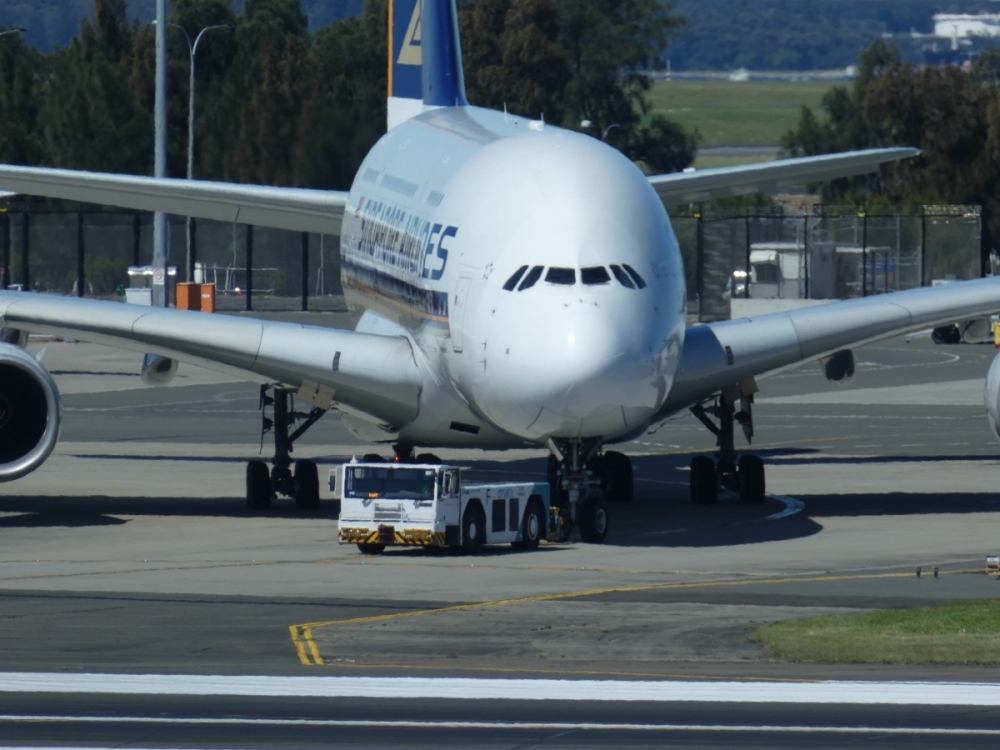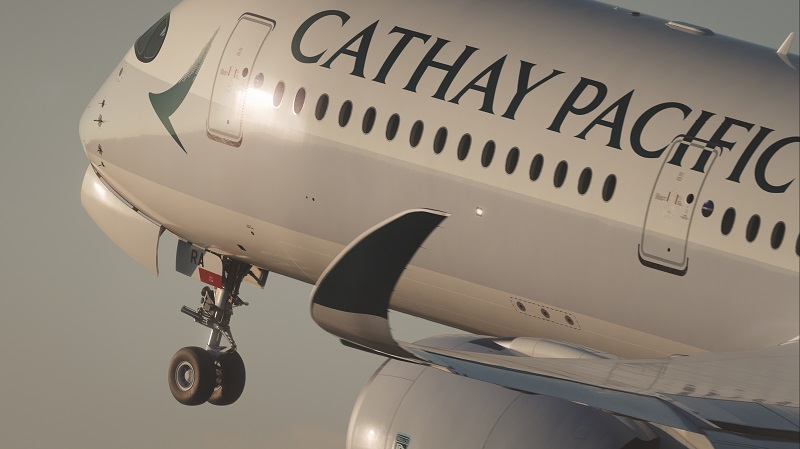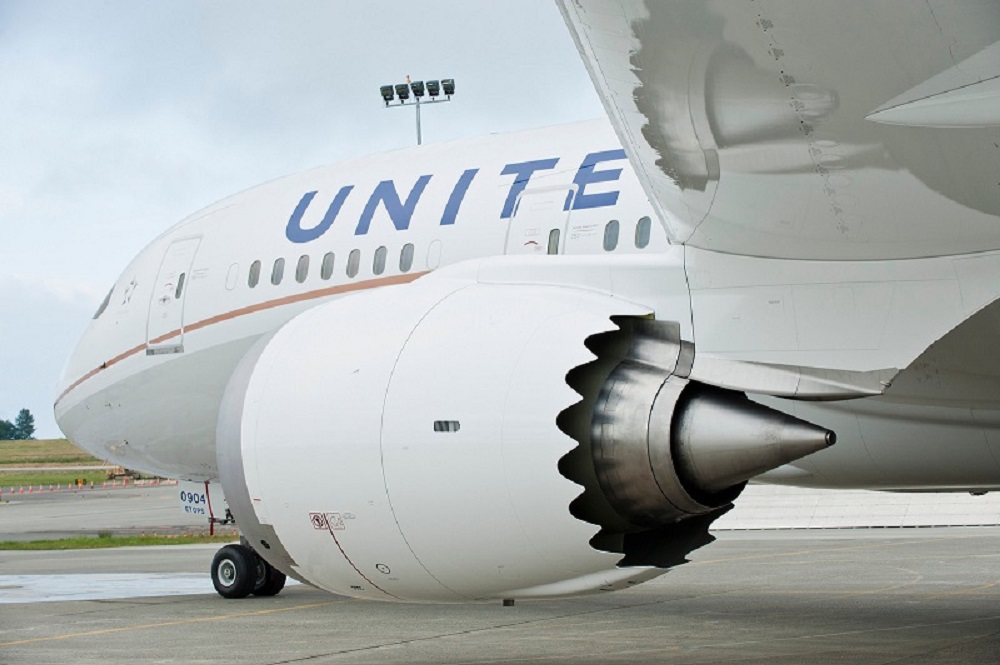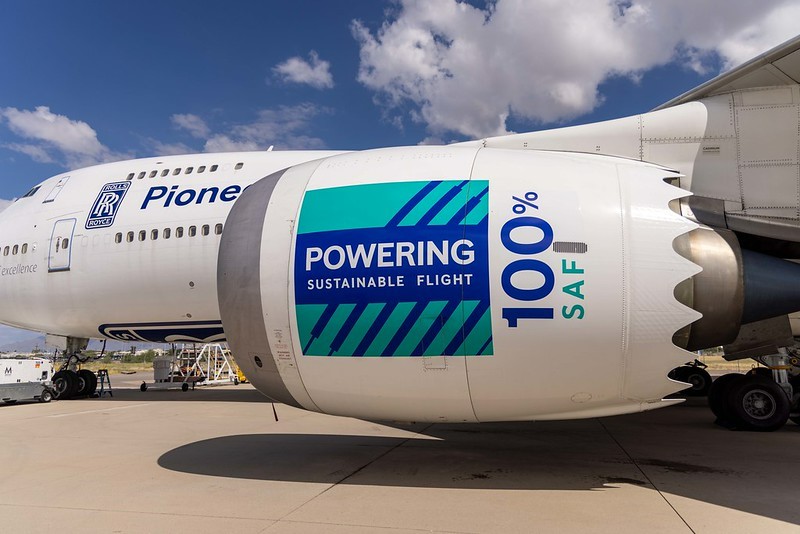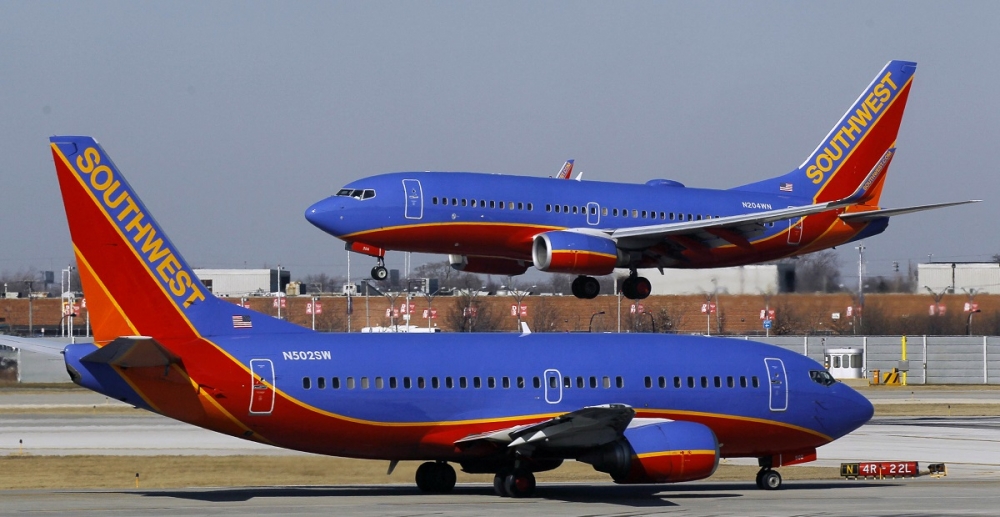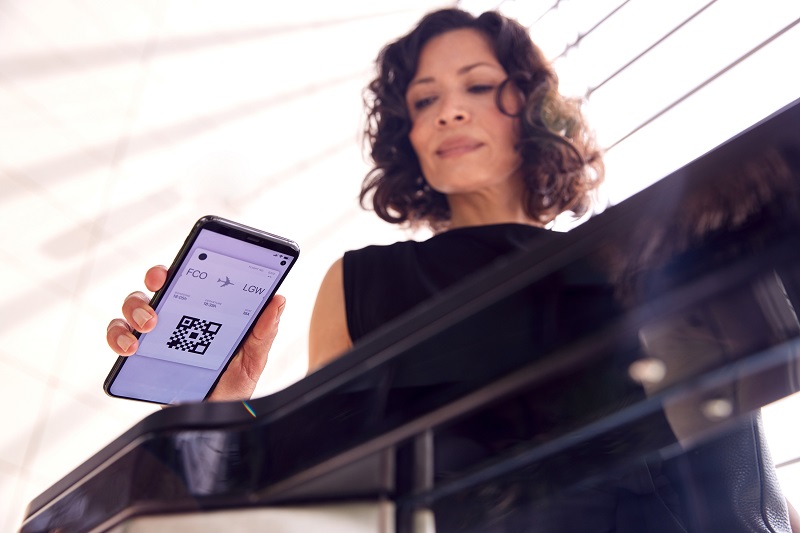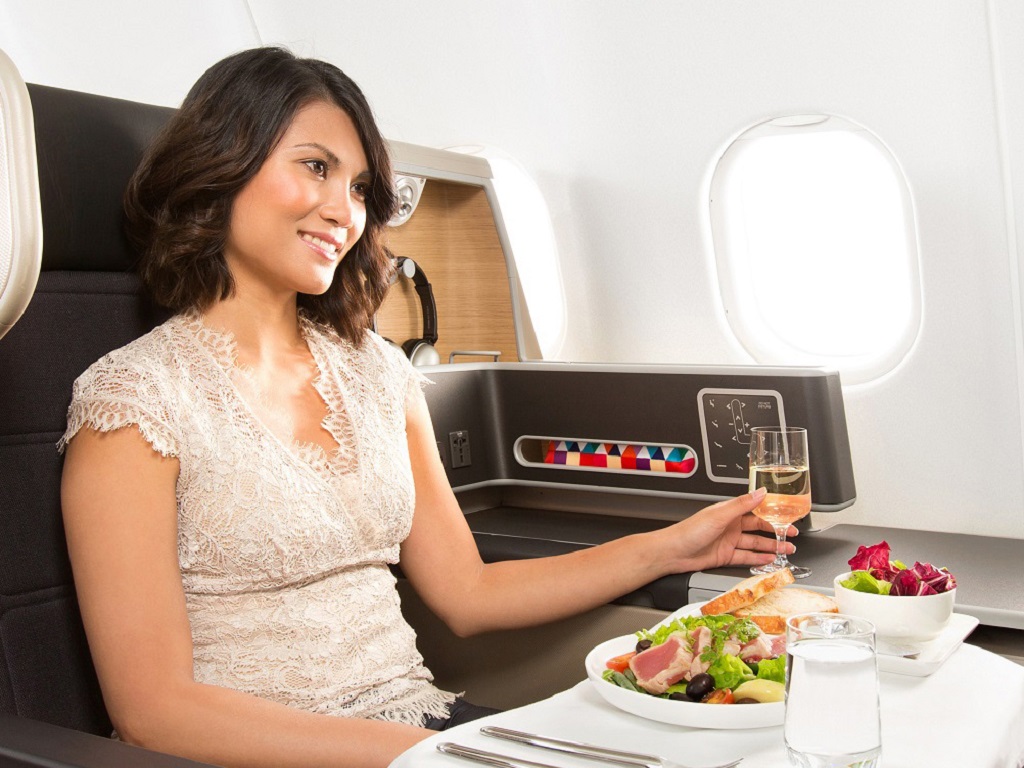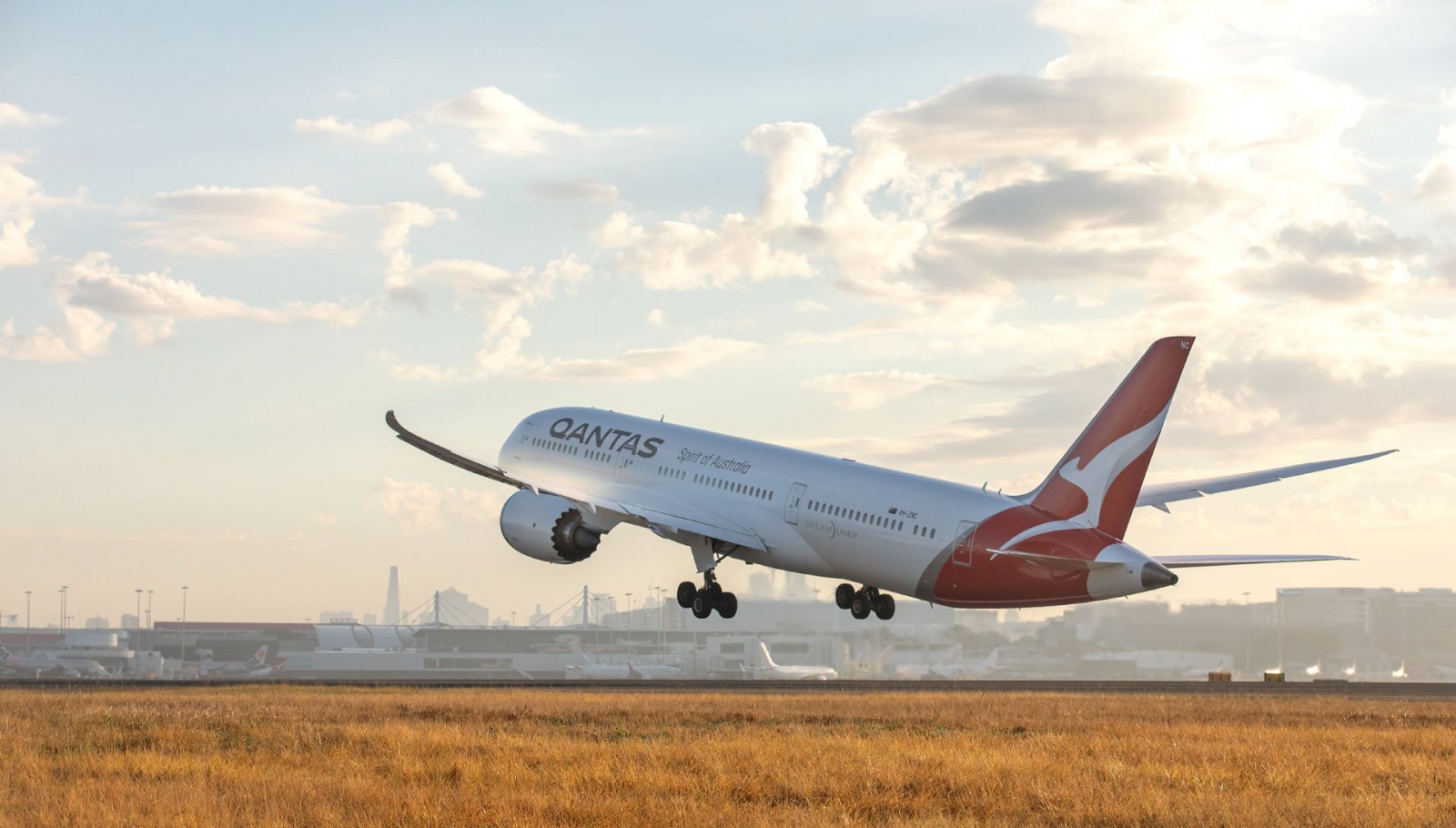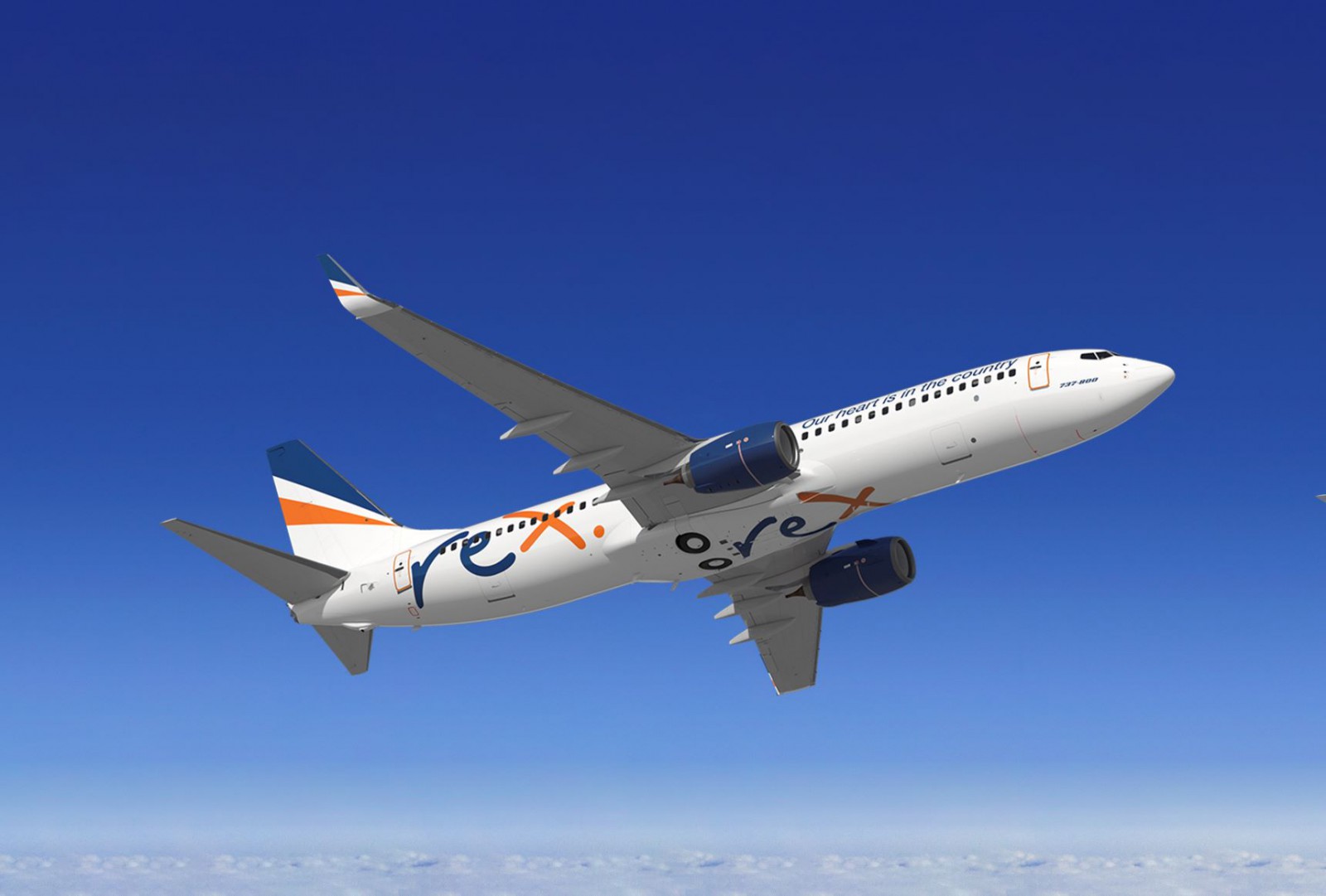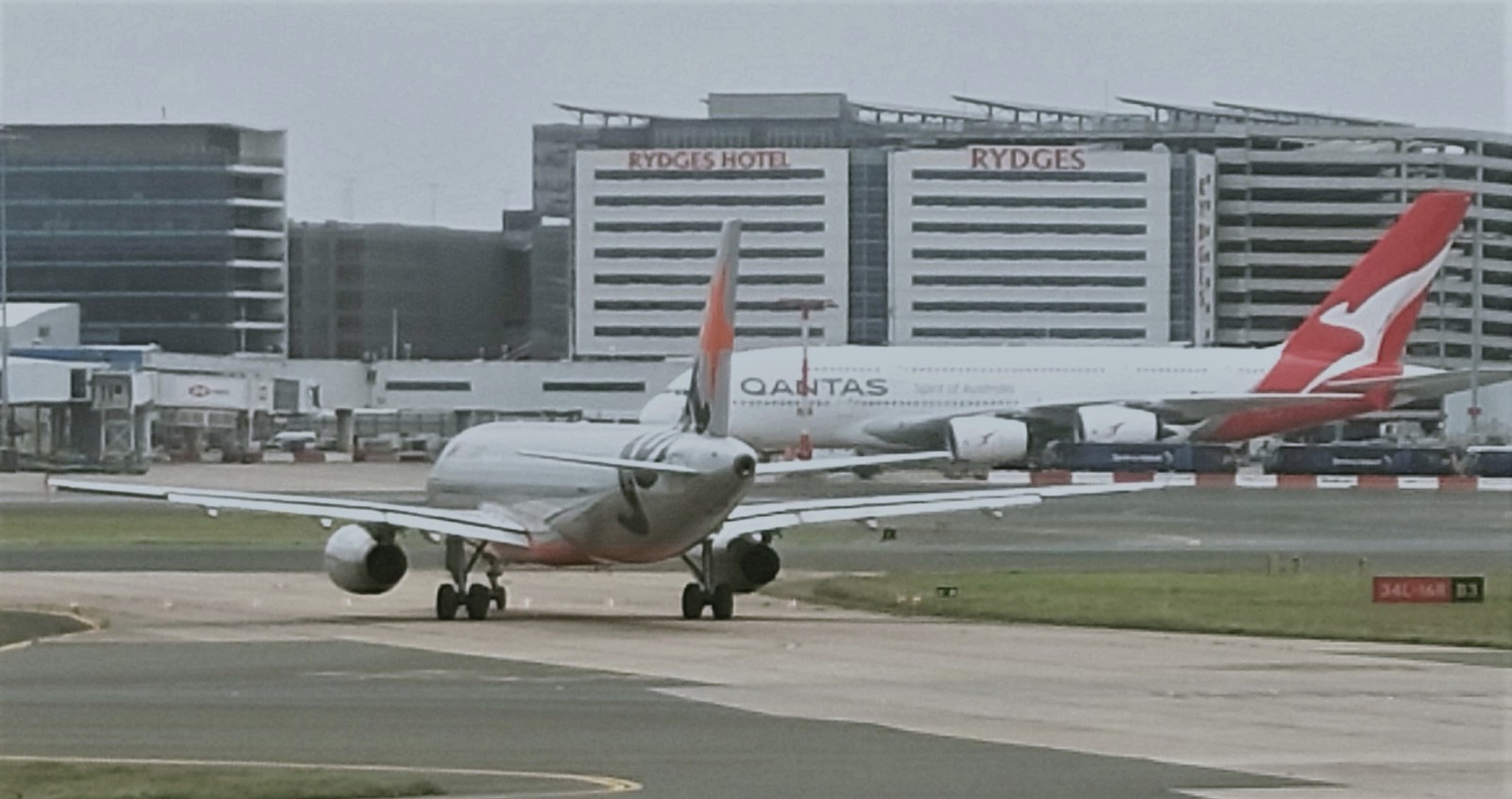Singapore Airlines will bring the A380 back to Sydney, Australia from Wednesday, December 1, 2021, increasing capacity to the Sydney market ahead of the Christmas holiday period.
SIA was the first to fly the A380 in 2007, choosing Sydney as the inaugural destination for the world’s largest passenger aircraft. In 2017, SIA once again selected Sydney as the maiden destination to launch the Airline’s new cabin products on a brand new A380 delivered just days prior.
Singapore Airlines Regional Vice President, Mr. Louis Arul, said the return of the A380 to Sydney underlines the Airline’s unwavering commitment to the Australian market.
“Since the onset of the COVID-19 pandemic, despite the highly challenging and financially constrained operating environment, SIA invested heavily to ensure Australia remained connected to the world,” Mr. Arul said.
READ: Qatar Airways get the green light for UK flights
READ: Frequent flyer jackpot sees biggest ever release of Qantas award seats
READ: Bonza’s Kazakh roots underscore business plan
“We have operated almost 4,000 passenger flights helping to bring close to 67,000 people to Australia, the vast majority being Australians wanting to return home, as well as 3,000 cargo-only flights to keep key trade channels open, allowing essential medical supplies, PPE and COVID-19 vaccines to be delivered.
“With the NSW and Australian border opening up from 1 November, the A380 will support even more Australians hoping to reconnect with loved ones ahead of the Christmas period.”
SIA’s A380 will operate daily from Singapore to Sydney as flight SQ231, departing Changi Airport at 00:45 local time, arriving in Sydney at 11:50 local time. The return flight, SQ222, will depart Sydney at 16:10, arriving at Singapore’s Changi Airport at 21:20.
The SIA A380 is fitted with 471 seats, SIA’s A380s include six Suites, 78 Business Class, 44 Premium Economy Class and 343 Economy Class seats.
“Today’s announcement is another exciting step on the road to recovery,” Mr Arul added.
“As we continue to support all levels of government in planning for Australia’s reopening in a safe, sustainable and scalable way, we will remain nimble in deploying capacity to markets as demand warrants.”
The A380’s schedule for SQ231 and SQ222 will be loaded into the system from midday AEDT on Friday 22 October and will be available for sale shortly after.


